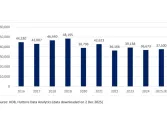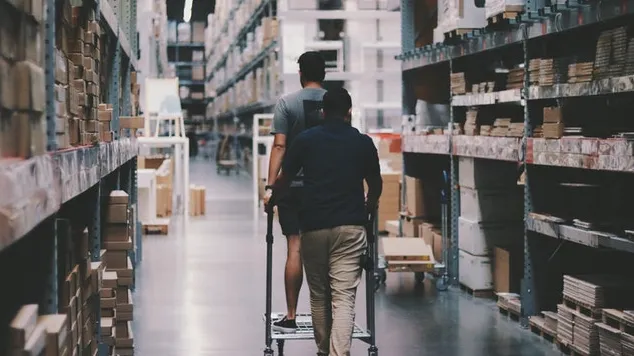
Singapore industrial sector troubled by supply-demand imbalance
There is an average annual supply of over 1 million sqm until 2026.
According to Colliers data, from 2024 to 2026, there is an average annual supply of 1.1 mil sqm industrial space coming on stream in Singapore, exceeding the average annual supply and demand of 0.9 mil sqm and 0.6 mil sqm respectively over the past three years.
“This catchup in supply has led to the present supply-demand imbalance with segments of the market now seeing stock with low pre commitments or completed projects with low occupancy. Further, occupiers are increasingly prudent about their space take-up with landlords having to throw in incentives such as capex fit-outs or rental promotions to attract tenants,” said Catherine He, Head of Research, Colliers Singapore.
Here’s more from Colliers:
The silver lining is that Singapore’s manufacturing sector rebounded in 2Q24, and a gradual recovery is expected in the second half of 2024. In particular, electronics, which accounts for almost half of overall manufacturing production, is catching up after correcting in 1Q24.
As semiconductor and manufacturing giants expand operations here, this could attract more foreign suppliers, while allowing more local suppliers to grow their capacities and capabilities, helping to uplift the entire industrial sector.
The general outlook for the industrial sector appears optimistic, although there may be some volatility stemming from heightened protectionism affecting global trade as well as uncertainty from the timing and extent of upcoming US interest rate cuts.
On the other hand, Singapore stands to benefit from this trend as firms look for a stable and geopolitically neutral location to diversify their risks or set up operations. There is also a premium attached to goods manufactured here, especially in the biomedical space.
Leasing demand is expected to pick up in tandem with an improving manufacturing sector and a pickup in sentiments. However, rental growth is expected to moderate in light of occupier cost sensitivity and pressure from incoming supply. There have also been more renewals and consolidations than relocations or expansions, signalling the financial constraints occupiers are facing.
The higher cost environment has increased the need for operational efficiency and cost management, driving demand for high quality modern industrial assets. As such, there will likely be more redevelopments and refurbishments of older assets in view of the preference for high quality modern industrial facilities.
With more options available to tenants, landlords may have to soften rents, offer more incentives, or be more flexible to smaller requirements. On the investment front, there is likely to be more sale and leaseback transactions or portfolio sales to free up capital.
In light of slower global growth under higher capital costs, Colliers is projecting the overall annual industrial rent growth for 2024 to moderate to between 3 to 5% (from 8.9% recorded in 2023) and price growth to between 1 to 3% (from 5.1% in 2023).

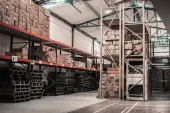
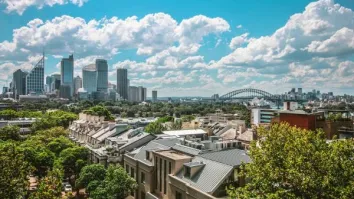

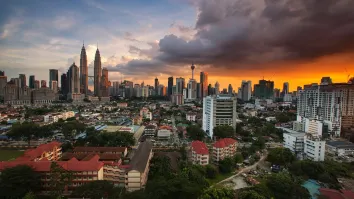
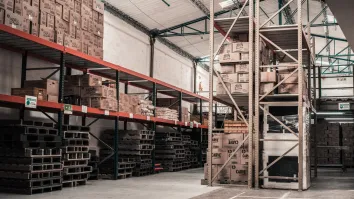

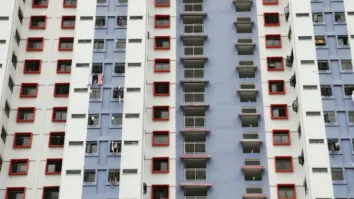

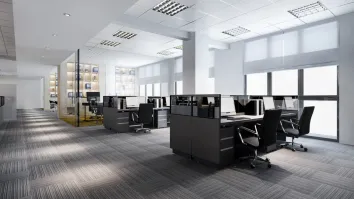



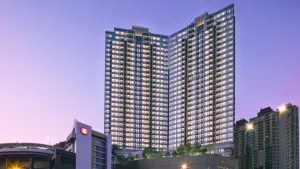
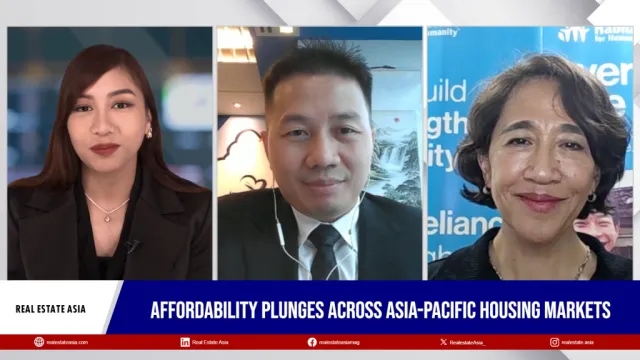
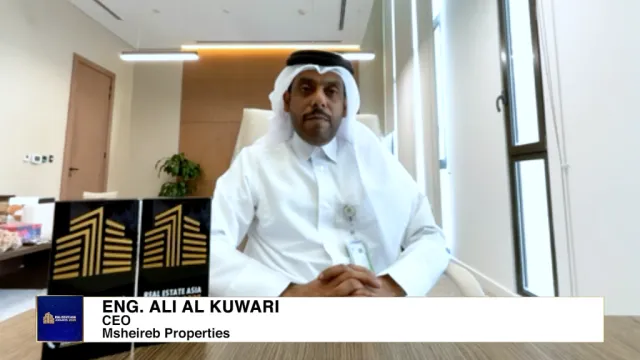
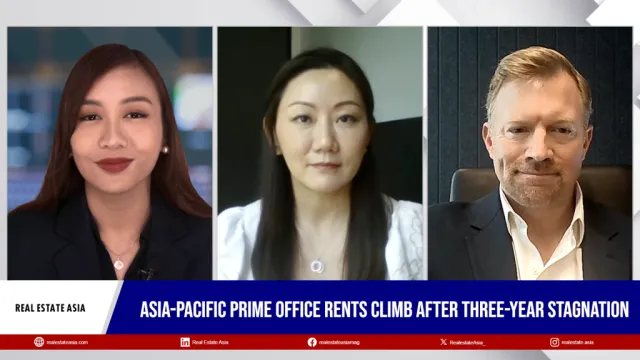

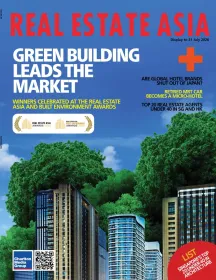
 Advertise
Advertise
